You search for a leather look but dread high cost and care. The gap frustrates many. PU leather steps in as an easy, budget, and animal-free fix.
PU leather is a man-made material. A fabric base, often polyester or microfiber, is coated with polyurethane resin. This layer gives a leather look, drops the price, and avoids animal hides while staying light.
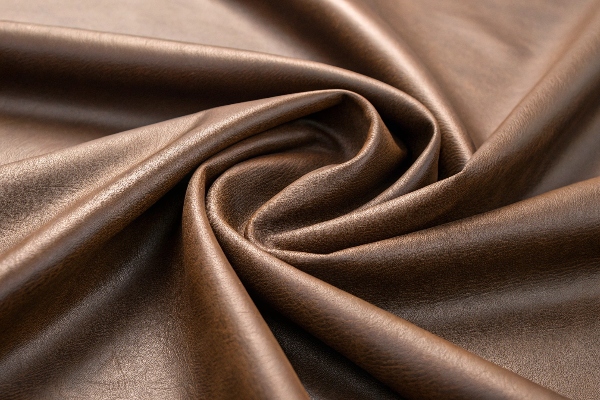
You now see the basic idea, yet questions remain. Keep reading, and I will walk through quality, limits, water worries, and the faux debate so you can choose with calm.
Is PU leather good quality?
Many expect fake leather to crack fast. I once thought the same, fearing wasted money. The story changed when I tried warehouse samples and ran lab tests.
Good PU leather lasts three to five years of daily wear when made with a thick coating and a tight knit backing. It resists stains and wipes clean. Lower grades feel thin, peel early, and smell like plastic.
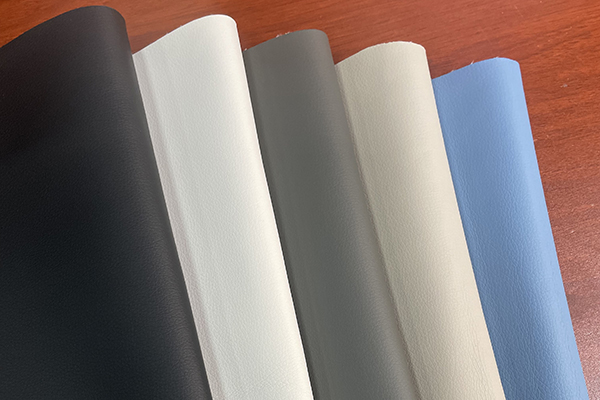
Dive deeper
Layers matter
A PU hide has two key layers:
| Layer | Job | Tip to spot quality |
|---|---|---|
| Backing fabric | Gives strength | Look for dense microfiber over loose cotton knit |
| Polyurethane coat | Supplies texture and color | Press a nail; coat should bounce back |
Performance tests
I run Martindale abrasion, hydrolysis, and UV checks. A pass at 40,000 rubs shows good wear for furniture. A hydrolysis grade of 5+ means no early peeling in humid zones like Southeast Asia.
Cost vs. life
High-grade PU costs 20-30% more than entry PU yet doubles service life. For a sofa sold to hotels, that premium pays back fast. I share this math with clients to back smart buying.
What are the disadvantages of PU leather?
At first look, PU seems perfect. I learned the flaws only after a shipment faced summer heat and customer complaints poured in.
PU leather does not breathe like cowhide. It can trap heat, feel sticky, and emit a mild chemical smell when new. In harsh sun or high humidity, low-end PU can peel, crack, or lose color.
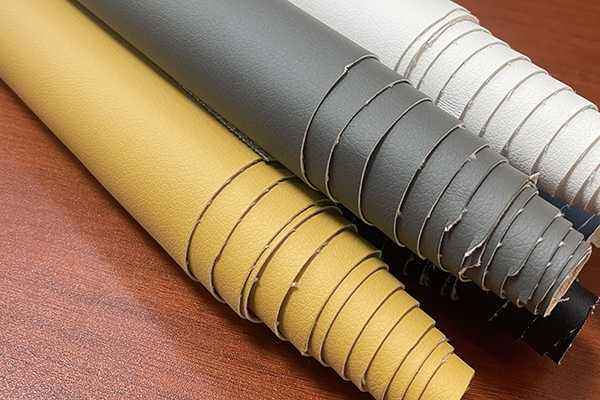
Dive deeper
Main limits
| Drawback | Why it happens | How I reduce the risk |
|---|---|---|
| Low breathability | Solid polymer blocks air | Add micro-perforation or mesh backing |
| Heat buildup | Dark colors absorb sun | Suggest lighter tones or UV topcoat |
| Peeling in humidity | Weak resin bond | Select hydrolysis-resistant PU (≥5 years) |
Real case
A Middle East buyer picked budget PU for car seats. After one season, 15% showed surface cracks.We swapped to a water-based, cross-linked PU, raised cost 10%, and failure dropped below 1%. The lesson: match grade to climate.
Eco concern
Traditional PU uses DMF solvent. I now push water-based or bio PU to cut VOCs and odor. These options meet REACH and help brands with ESG claims.
What happens if PU leather gets wet?
Spilled coffee once soaked my PU sample bag at a fair. I feared stains, yet the wipe-down was easy. Still, standing water can seep through seams.
PU leather repels light rain because the polyurethane coat is non-porous. Quick wiping prevents marks. Long soaking or hot water may wrinkle the backing and weaken glue at seams.
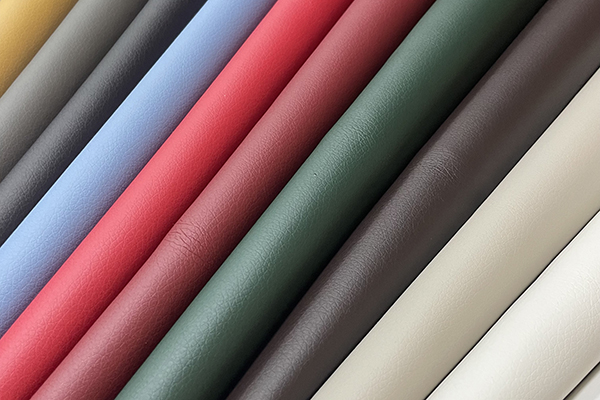
Dive deeper
Water behavior
| Condition | Short effect | Long effect |
|---|---|---|
| Light splash | Beads, wipes off | None |
| Soak >1 hour | Water seeps to backing | Backing swells, possible delaminate |
| Hot water | Softens coating | Wrinkles, loss of grain |
Care steps
- Blot, do not rub.
- Air dry away from direct sun.
- If seams stay damp, use a fan.
My tip
I add a thin PU or PVC edge tape on seat seams. This barrier keeps foam dry, cuts smell, and saves warranty claims. Small add-on, big peace of mind.
What is the difference between faux leather and PU leather?
Clients often ask if faux leather equals PU. During calls, I draw quick charts to clear the mix-up.
Faux leather is a broad term for any non-animal leather look, including PU, PVC, microfiber, and coated fabrics. PU leather is one specific type of faux leather that uses a polyurethane top layer over fabric.
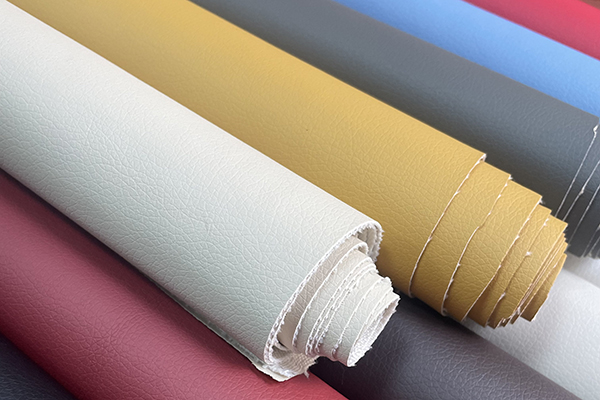
Dive deeper
Category map
| Term | Main polymer | Feel | Typical use |
|---|---|---|---|
| PU leather | Polyurethane | Soft, warm | Furniture, bags, auto |
| PVC leather | Polyvinyl chloride | Firmer, colder | Marine seats, menus |
| Microfiber leather | Polyamide + PU | Very soft, breathable | High-end shoes |
| Synthetic leather (faux) | Any above | Varies | Umbrella term |
Key points to tell apart
- Burn test: PU smells like burnt plastic with less chlorine than PVC.
- Backing: PVC often has a woven scrim; PU uses knit or microfiber.
- Price: PVC is cheapest, microfiber highest.
When I guide buyers
I ask three questions: target price, touch feel, and required life. If they want vegan plus soft touch under mid price, PU wins. For harsh outdoor use, PVC holds up. This clear logic cuts confusion.
Conclusion
PU leather delivers a leather look at a fair cost, yet grade choice, care, and climate fit decide real success.
